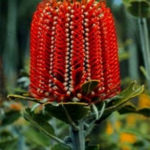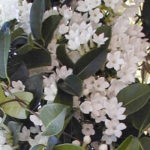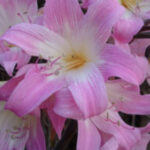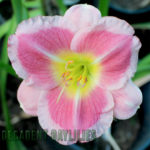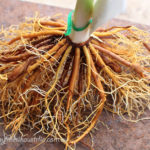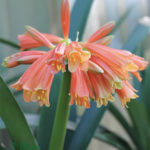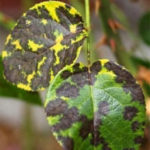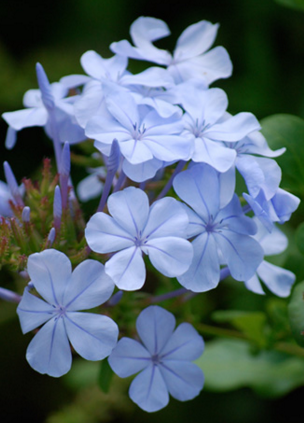
Plumbago Plant Hedge Plants
Plumbago Plant Grow Blue & White Shrub or Hedge Plant
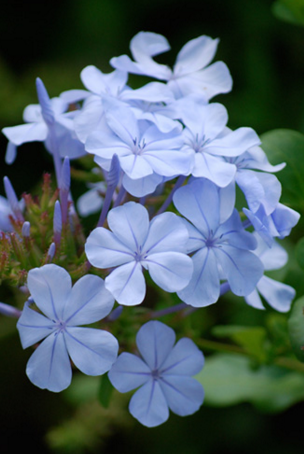 Plumbago plant is a flowering plant belonging to the family Plumbaginaceae and is a native of tropical and warm temperate regions. The commonly found varieties in Australia are blue and white. This evergreen plant is widely used as hedges in the garden and it requires extensive and regular pruning to maintain and keep the plumbago hedges in shape. It can also be grown as a stand alone shrub and is a very popular plant grown in drought tolerant gardens, it’s undoubtedly a very tough plant. The plant is named plumbago due to the bluish or lead coloured flowers. The word Plumbum in Latin means lead. The plant produces flowers all through the year.
Plumbago plant is a flowering plant belonging to the family Plumbaginaceae and is a native of tropical and warm temperate regions. The commonly found varieties in Australia are blue and white. This evergreen plant is widely used as hedges in the garden and it requires extensive and regular pruning to maintain and keep the plumbago hedges in shape. It can also be grown as a stand alone shrub and is a very popular plant grown in drought tolerant gardens, it’s undoubtedly a very tough plant. The plant is named plumbago due to the bluish or lead coloured flowers. The word Plumbum in Latin means lead. The plant produces flowers all through the year.
Description
Plumbago or leadwort or sky flower is a hardy and drought resistant plant with spirally arranged leaves. Flowers have five petals and a tubular corolla and the flowers appear on racemes. The plumbago plant can adapt to various light and temperature conditions. They can grow well in sun as well as in partly shaded areas. It has a main body from which branches come out and it can reach a height of 4-5 metres if not pruned. It can grow in any type of fertilised soil and needs very little maintenance and are usually pest free. Some varieties produce suckers and the suckers need to be pulled out to prevent invasion.
Maintenance
You just need to prune the plant in late spring. There is no need for removing the flower buds. Removing dead or diseased branches leads to the growth of new branches. Applying fertilisers after pruning can improve the new growth. In mid to late summer the second flush of blooms will appear. You can again prune the plant in winter to maintain the shape.
Propagation
Plumbago plants can be easily propagated using the cutting from the established plants during summer. You can also grow the plant from seed. You need to provide at least 35-60 inches of space for each shrub to grow. Blue plumbago prefers acidic soil and so you can add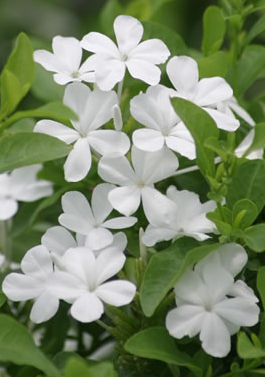 some lime to the ground if you are planting them in alkaline soil.
some lime to the ground if you are planting them in alkaline soil.
Watering
It is necessary to water the new plants to keep the soil moist. One of the plants get established watering is necessary only when the top soil is dry. Excessive moisture in the soil can cause root rot in plumbago. Providing enough fertiliser and water during the growing season encourages blooming.
Pruning as a Hedge
To maintain plumbago plant as a hedge with the right appearance, it requires hard pruning during the dormant season and periodical shaping and dead heading all through the growing season.
- First, prune out the broken or dead branches while the plant is in a dormant state. Trim the dead branches to its base, leaving ¼ inch above the ground. Cut the broken branch at least one inch below the break after ensuring that there is a lateral branch or a bud growing outward ¼ inch below the cut.
- Remove at least 1/3rd of the oldest branches to make room for new growth.
- From the remaining branches just remove the top 1/3rd
- Throughout the year remove the old flowers by cutting ¼ inch above the 3rd or fourth leaf below the splint.
- Cut back any canes or branches, that distorts the overall shape of the hedge.



